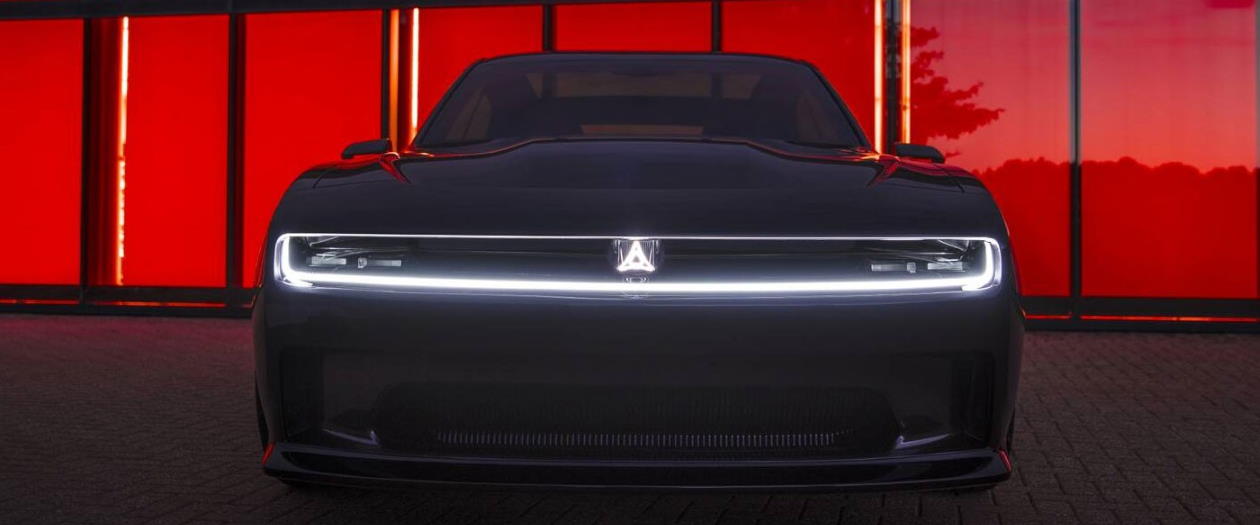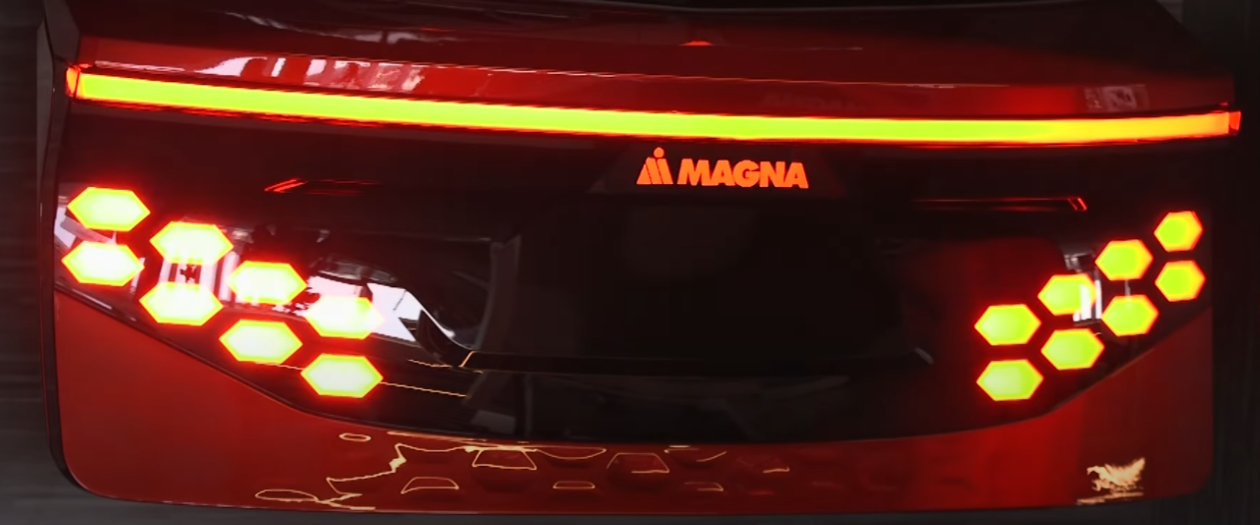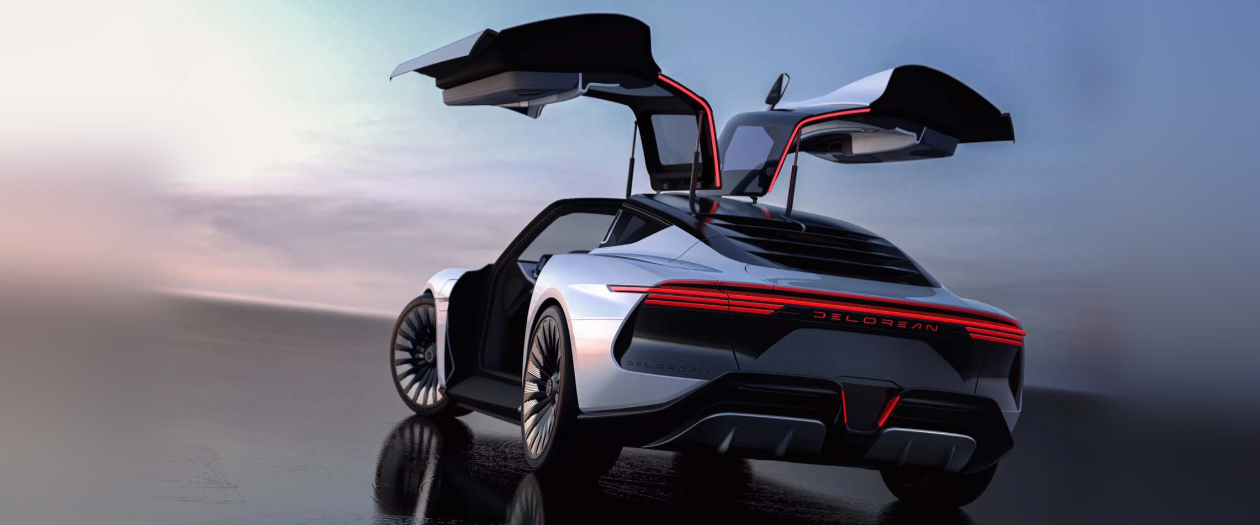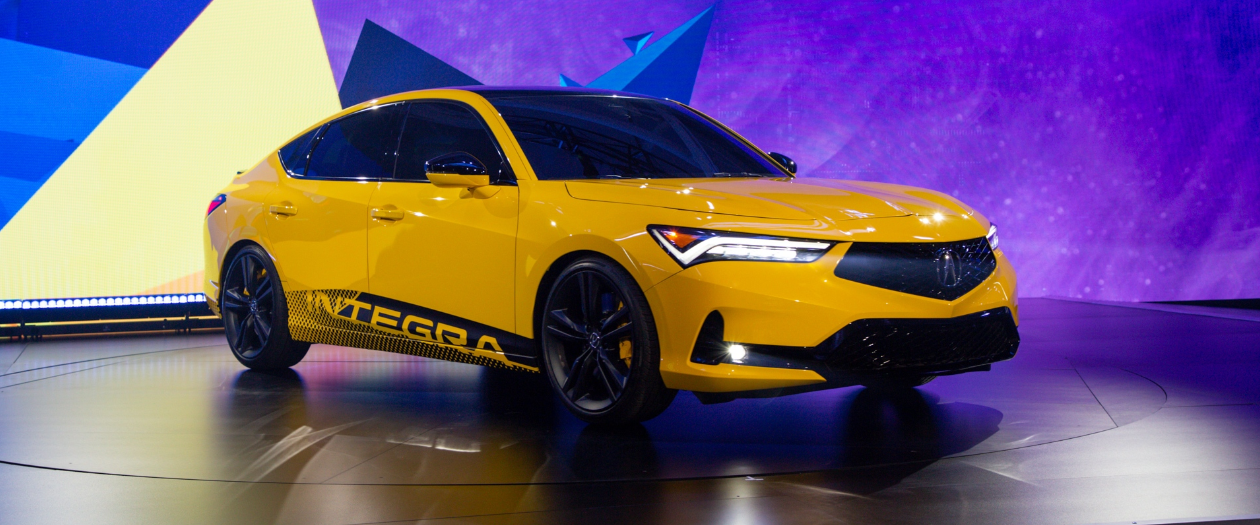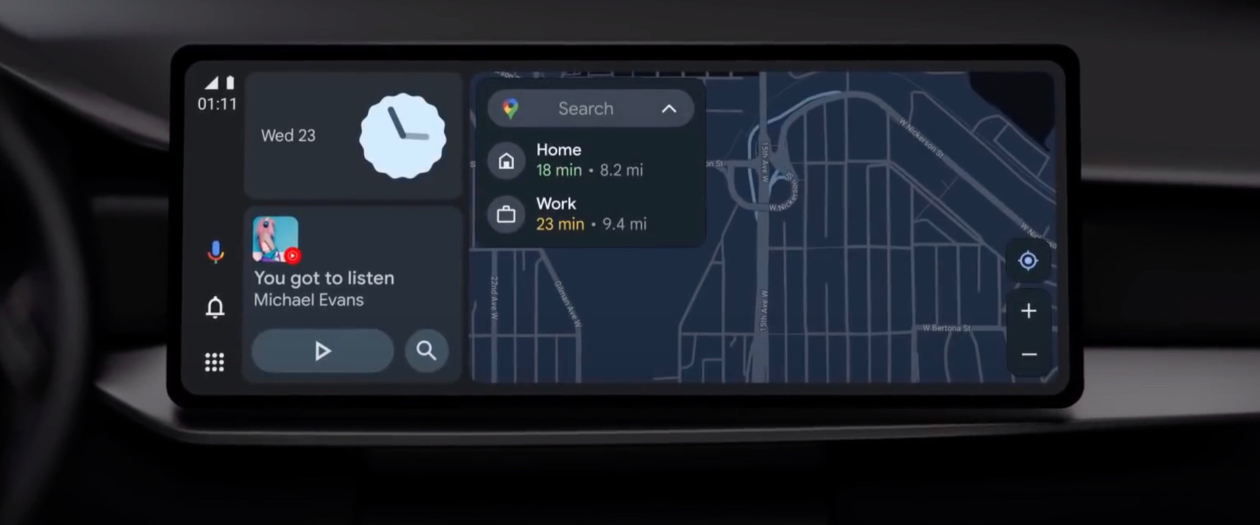On October 11, the National Highway Traffic and Safety Administration proposed a new regulation regarding vehicle headlights. They believe that the technology "has the potential to reduce the risk of crashes by increasing visibility without increasing glare."
In the automotive industry, this technology is referred to as a Matrix System. Instead of a single, powerful bulb, the vehicle would have many small LED lights acting together. These lights can then dynamically shine as hi beams while dimming in the right locations to prevent blinding oncoming drivers. This would maximize visibility while keeping other cars safe.
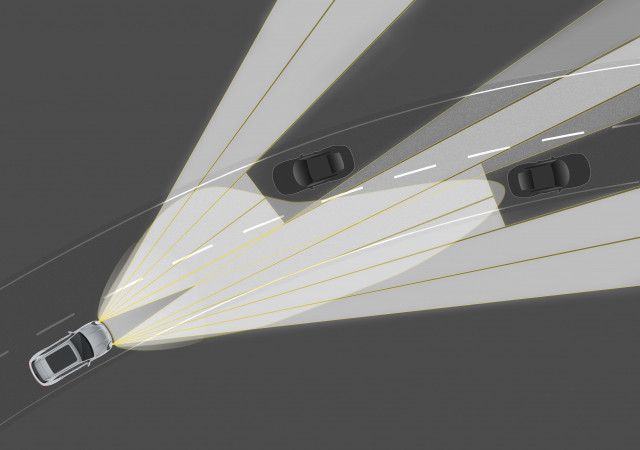
Right now, the U.S. requires headlights to have a high and a low beam setting. Since the matrix system doesn't technically have that, they do not qualify for production.
With positive results from recent performance tests by the Insurance Institute for Highway Safety (IIHS), paired with established automaker lobbying, the NTSA has become more receptive to the change.


